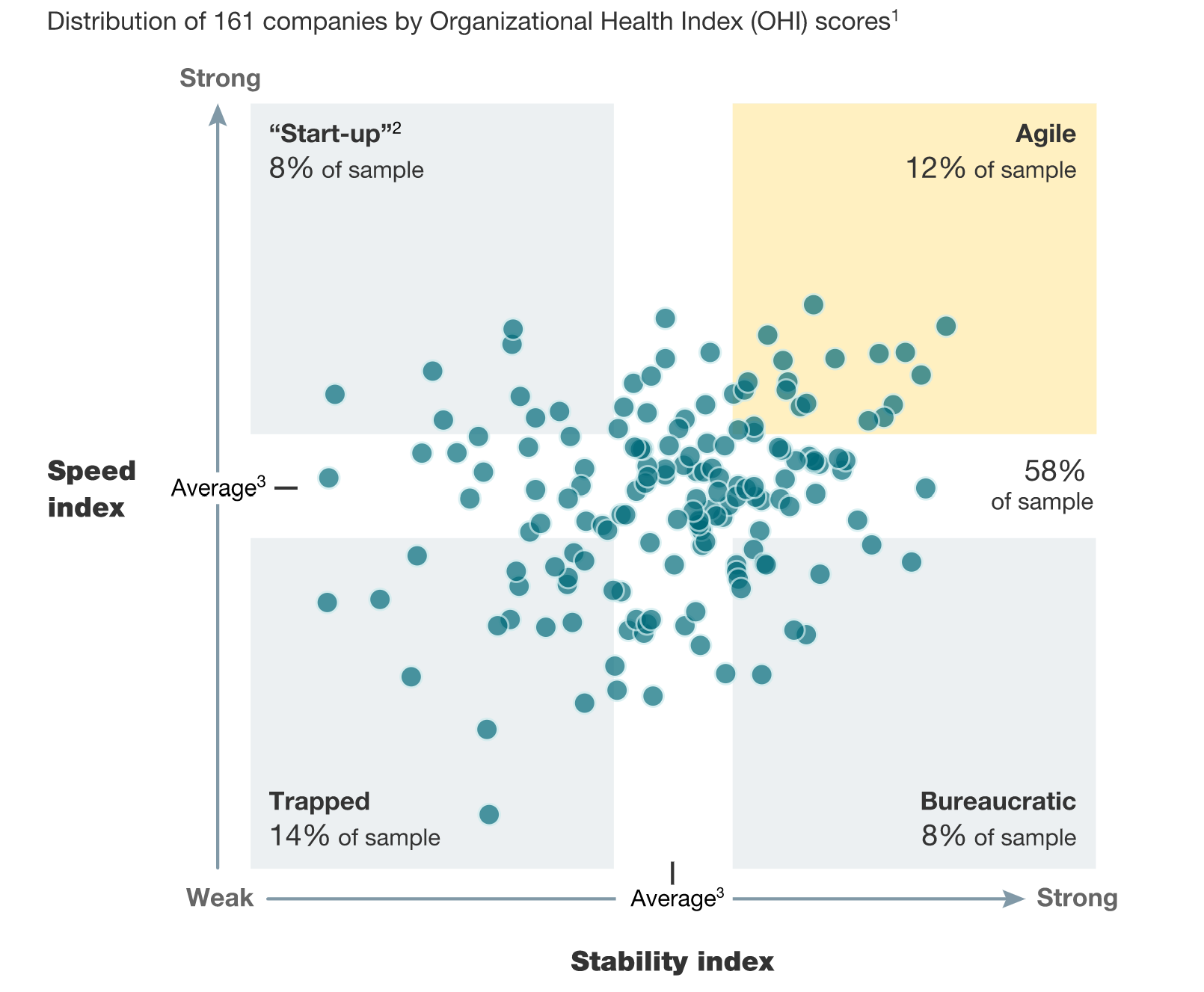Why Agility Matters Now More Than Ever
Today, the European Centre for Disease Prevention and Control, an agency of the European Union reported, as it does daily, its update on COVID-19. In the report released on March 25, 204,930 cases have been reported in the EU/European Economic Area (EAA) and the U.K., and the top 10 countries with coronavirus cases in this region include: Italy (69,176), Spain (39,673), Germany (31,554), France (22,302), Switzerland (8,789), the U.K. (8,077), the Netherlands (5,560), Austria (5,282), Belgium (4,269), and Norway (2,566).
Countries in the region and globally are scrambling mightily to pivot to prevention and care. Global supplies of masks, ventilators, and tests remain in short supply. Automobile companies across Europe and around the world are retooling production lines to produce ventilators and other necessary equipment to combat this global nemesis. The AACSB precepts of innovation, engagement, and impact are at work in real time, in efforts to flatten the curve of a raging pandemic.
Sometime ago, I delivered a talk on the topic “Shift Happens,” a testimony to the challenges encountered in strategy execution when obstacles arise or when difficulties occur. Sometimes the obstacles are geopolitical, sometimes economic, and sometimes, like today, biomedical. It is indeed circumstances like these that test the true mettle of leaders and the true strength of organizations.
Recently, Fernanda Zamudio-Suaréz, in the Chronicle of Higher Education’s newsletter, captured this eloquently as it relates to the COVID-19 challenges to changing pedagogical delivery: “Professors learned this month that they had to shift to remote teaching, and fast. As colleges navigate the changes prompted by the coronavirus, professors moving their courses online are discovering obstacles like systemic and social inequities, logistical challenges, and knowledge gaps in their own preparedness. It all adds to the substantial uncertainty that already surrounds the move.” Shift happens.
Or, imagine if you will, amid all of the global challenges related to COVID-19, that you are part of the coterie of leaders at the International Olympic Committee who have worked tirelessly for close to a decade on the execution of the Tokyo Olympic Games—only for the event to be postponed to an unknown date, at least into the next year. Shift happens. Likewise, as the CEO today of any airline carrier, cruise ship, or hotel property could attest to, the “new normal” must address plummeting occupancies, revenues, and a perilous future state.
Michael Bazigos, Aaron De Smet, and Chris Gagnon published a terrific report in the McKinsey Quarterly on corporate agility. Their big data review, based on surveys of more than 2 million respondents at over 1,000 companies, indicates that few companies distinguished themselves in either speed or stability, and close to 60 percent hover somewhere in the middle of the two-by-two matrix. Consistent with the Pareto Principle (known also as the 80/20 rule), about 20 percent of the sample were “fast” with the great majority hovering somewhere in the “muddle through” zone.

Image source: “Why Agility Pays,” McKinsey Quarterly, 2015
Clearly agility is an operative style that, for many organizations—higher education included—must aggressively and actively overlay traditional operating cultures. The article authors identify a number of differentiating characteristics among the most agile enterprises, but the three most evident attributes, excerpted here, are:
- Both role clarity and operational discipline are highly ranked practices among agile This is powerful evidence that part of what makes agile companies special is their ability to balance fast action and rapid change, on the one hand, with organizational clarity, stability, and structure, on the other.
- Agile organizations appear to be powerful machines for innovation and learning.
- Agile companies seem to be strong at motivation and capturing external ideas.
What resonates so profoundly to me are the principles behind innovation and learning (two fundamental drivers in successful AACSB-accredited institutions) and motivation. Our deans must be adept at clarifying roles throughout the faculty, leveraging our global Business Education Alliance of more than 1,700 members, sharing best practices and importing innovative and proven ideas during difficult times while motivating colleagues and stakeholders to take decisive actions in the best interest of the school.
I believe the overwhelming majority of our members are ready, willing, and able to embrace and embody this agility mindset. Doing so will enable stronger, more flexible, and more responsive schools to emerge and explore new opportunities and address whatever new challenges come our way.






